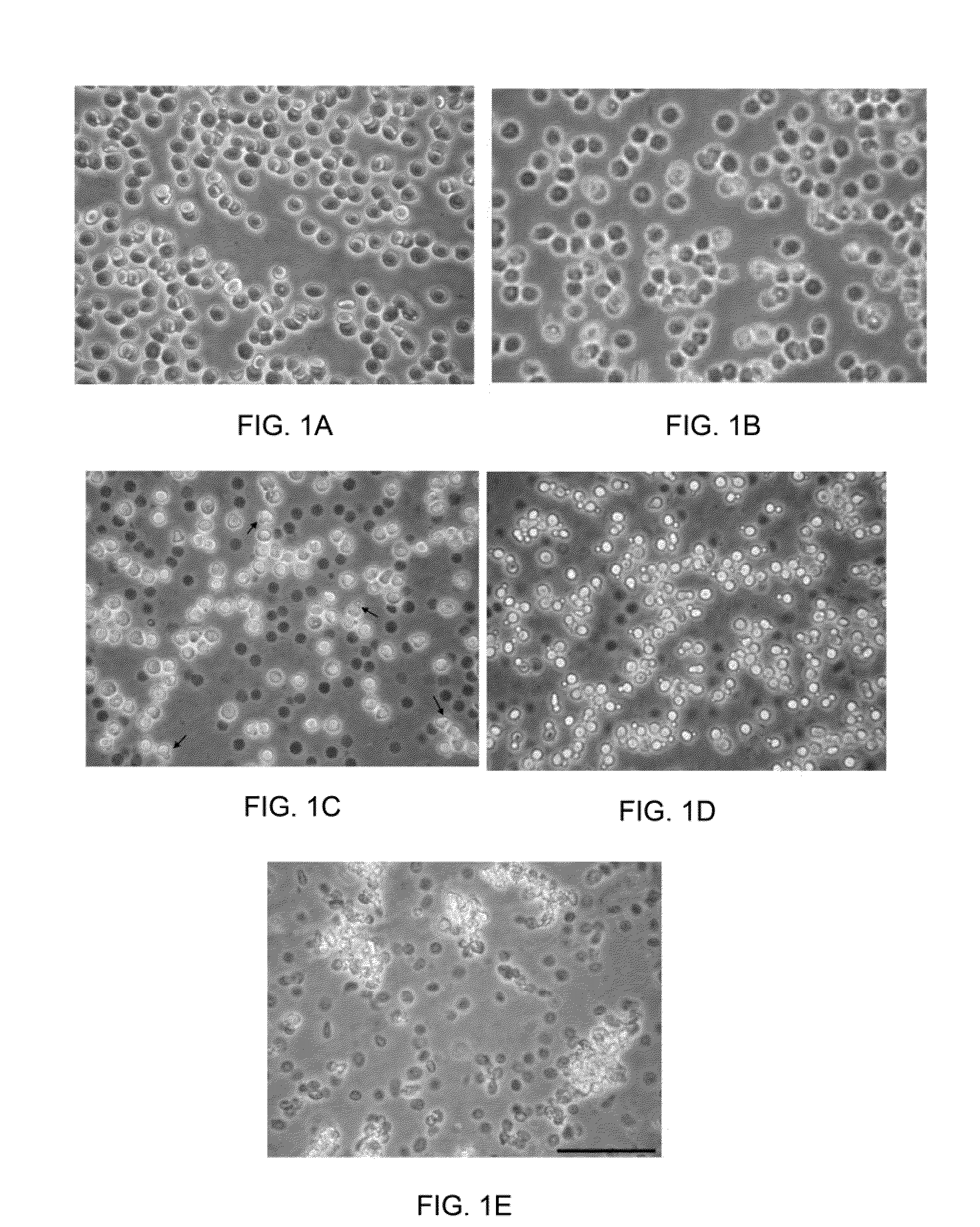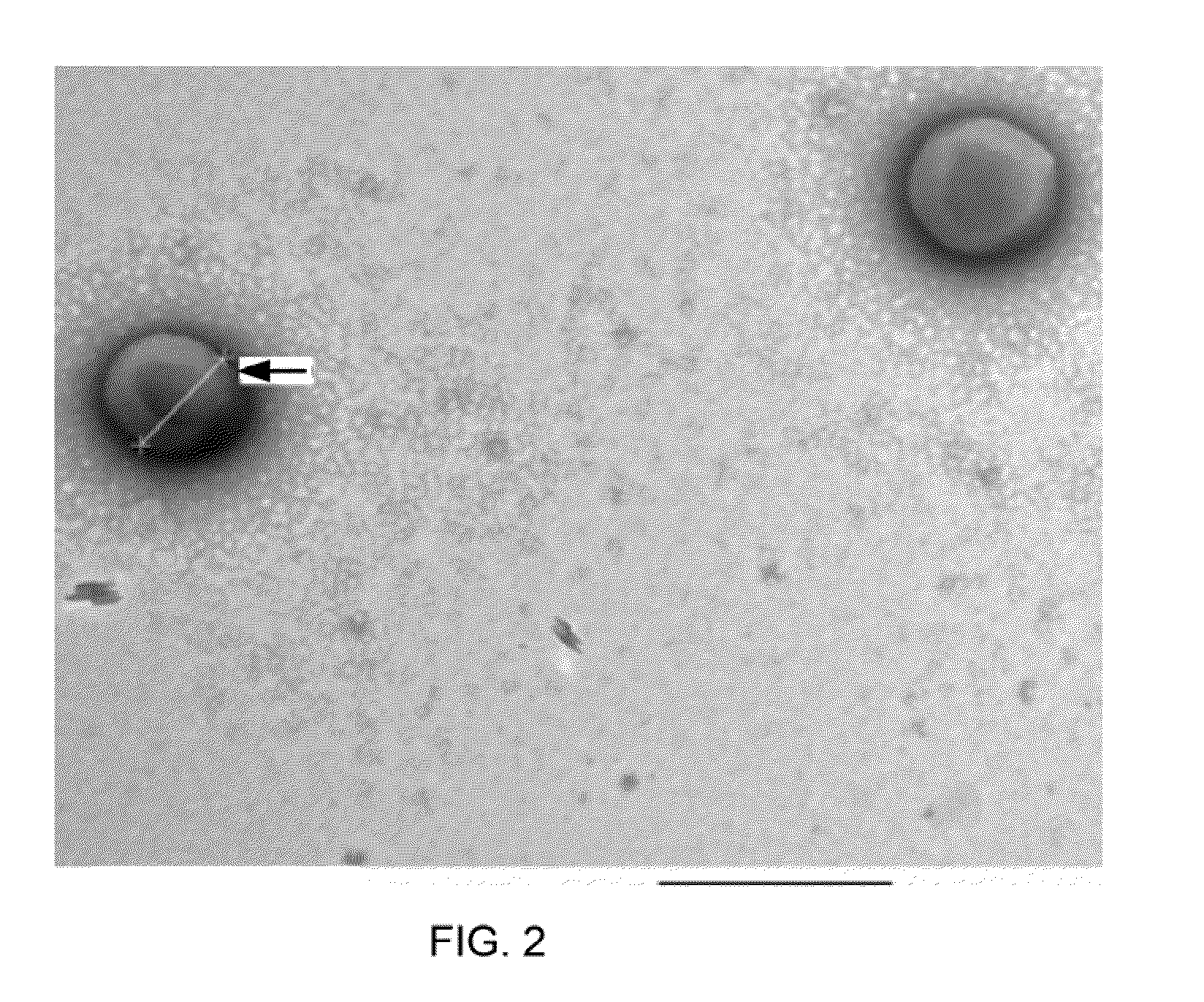Red blood cell-derived vesicles as a nanoparticle drug delivery system
a technology of red blood cell-derived vesicles and nanoparticles, which is applied in the field of nanoparticles, can solve the problems of high consideration of potential hazards of stem cell modification, high potential toxicities of nanoparticles, and xenogeneic is a perpetual issue of potential hazards
- Summary
- Abstract
- Description
- Claims
- Application Information
AI Technical Summary
Benefits of technology
Problems solved by technology
Method used
Image
Examples
examples
[0039]Without intent to limit the scope of the invention, exemplary instruments, apparatus, methods and their related results according to the embodiments of the present invention are given below. Note that titles or subtitles may be used in the examples for convenience of a reader, which in no way should limit the scope of the invention. Moreover, certain theories are proposed and disclosed herein; however, in no way they, whether they are right or wrong, should limit the scope of the invention so long as the invention is practiced according to the invention without regard for any particular theory or scheme of action.
Methods
1. Preparation of RDV
[0040]RDV were prepared using Ca2+-EDTA (Leonards, K. S. and S. Ohki (1983) “Isolation and characterization of large (0.5-1.0 micron) cytoskeleton-free vesicles from human and rabbit erythrocytes.”Biochim Biophys Acta 728(3): 383-93). Briefly, 30 ml of venous blood samples from 5 male and 5 female healthy donors were collected and mixed wit...
PUM
| Property | Measurement | Unit |
|---|---|---|
| diameter | aaaaa | aaaaa |
| diameter | aaaaa | aaaaa |
| diameter | aaaaa | aaaaa |
Abstract
Description
Claims
Application Information
 Login to View More
Login to View More - R&D
- Intellectual Property
- Life Sciences
- Materials
- Tech Scout
- Unparalleled Data Quality
- Higher Quality Content
- 60% Fewer Hallucinations
Browse by: Latest US Patents, China's latest patents, Technical Efficacy Thesaurus, Application Domain, Technology Topic, Popular Technical Reports.
© 2025 PatSnap. All rights reserved.Legal|Privacy policy|Modern Slavery Act Transparency Statement|Sitemap|About US| Contact US: help@patsnap.com



